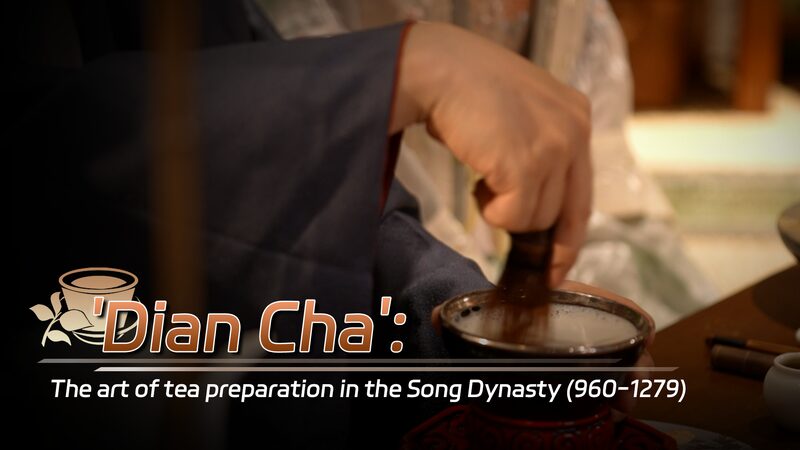Did you know the word \"tea\" in your cup has roots in ancient China? 🇨🇳 For over 5,000 years, Chinese tea culture has influenced global language – from the original \"茶\" (cha) to today’s countless variations. 🫖✨
Linguistic Leaves: A Global Journey
Syrian content creator Zein Ali recently teamed up with CGTN for a fun twist on language lessons. In their \"Cup of Tea\" challenge, friends from Russia (чай – \"chai\"), Tajikistan (чой – \"choy\"), Thailand (ชา – \"cha\"), and other countries revealed how their languages pronounce tea. 🎥🗣️
Why So Many \"Cha\" Sounds?
China’s historical tea trade spread both leaves and language! 🌐 The Mandarin \"cha\" traveled ancient Silk Road routes, while coastal dialects’ \"te\" shaped European terms like \"thé\" (French) and \"tea\" (English). Whether you sip matcha or masala chai, you’re tasting linguistic history!
Next time you order bubble tea, remember: every sip connects you to millennia of cultural exchange. ☕️💛
Reference(s):
cgtn.com








